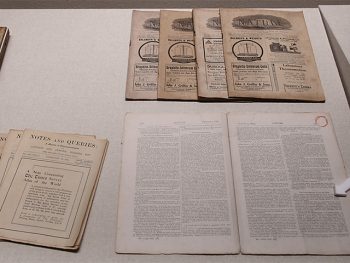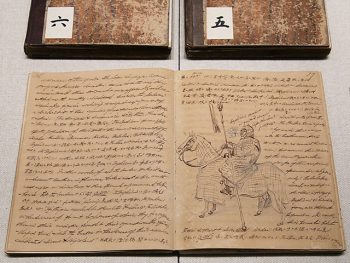England days
In September 1892, Kumagusu arrived in London. He spent his days visiting museums or zoos, and sometimes collecting specimens.
Kumagusu’s serious activities started in 1893. He submitted an essay to Nature, which was published under the title “The Constellations of the Far East.” This was his first article to be published in an academic periodical.
Thanks to an introduction from a friend, he was admitted to the British Museum and was able to devote himself fully to his studies. The result of this was his London Extracts. At the British Museum, he helped edit the Catalogue of Japanese Printed Books.
Consulting the books in the British Museum for over four years, Kumagusu constantly published the essays, which attracted the attention of Frederick V. Dickins, the registrar of the University of London. The two formed a strong friendship.
However, Kumagusu occasionally caused troubles at the library there, and in 1898 he was officially banned from visiting there. In 1900, in a difficult financial situation, he returned to Japan to his disappointment.

